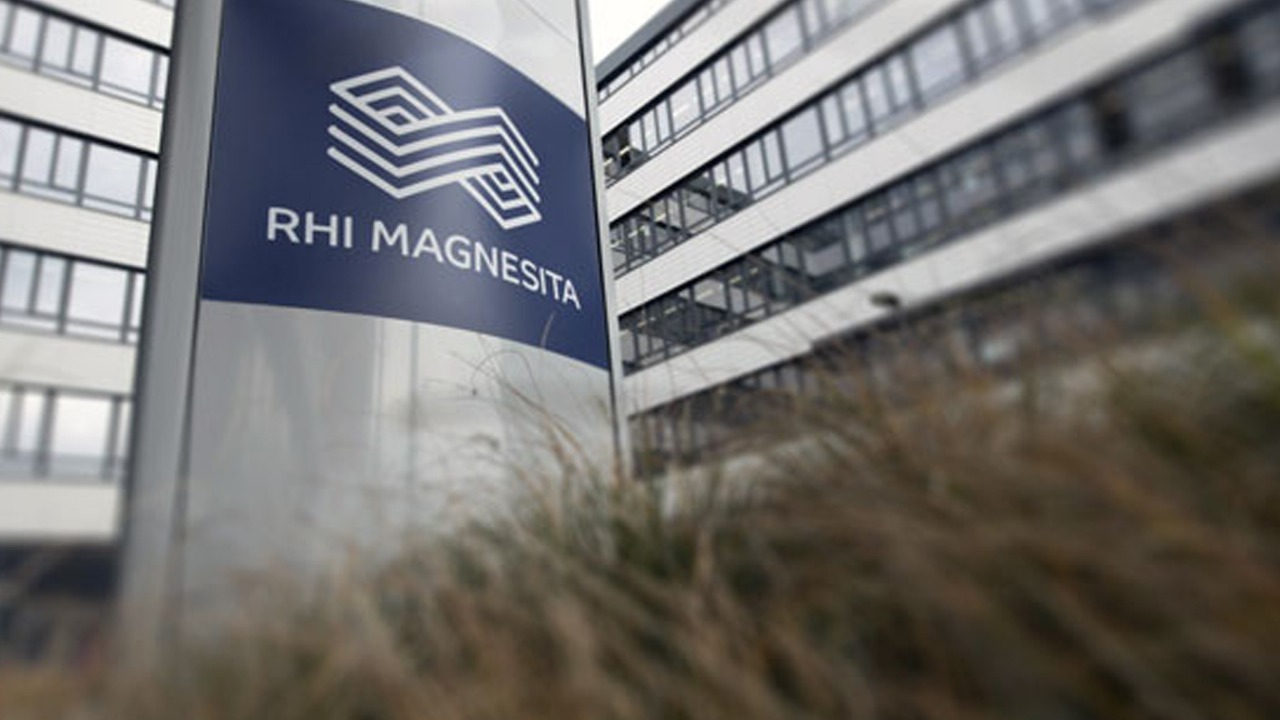
Follow WOWNEWS 24x7 on:

The State Bank of India (SBI), the country’s largest lender, has reaffirmed its financial targets for FY26, aiming to maintain a return on assets (RoA) of over 1% and a return on equity (RoE) exceeding 15%. In a recent press conference, Chairman C S Setty addressed the bank’s strategic direction, highlighting muted corporate loan growth and the evolving funding preferences of Indian businesses. Despite margin pressures from a softening interest rate cycle, SBI remains committed to sustaining profitability and asset quality.
The bank’s leadership emphasized that businesses are increasingly turning to market instruments such as bonds and commercial papers, reducing reliance on traditional bank loans. This shift has led to subdued corporate credit demand, prompting SBI to recalibrate its lending strategy while reinforcing its focus on retail and SME segments.
Key Takeaways from SBI’s Strategic Outlook
- SBI aims to maintain RoA above 1% in FY26, despite margin compression from repo rate cuts
- RoE is targeted to remain above 15%, supported by strong operating profit and asset quality
- Corporate loan growth remains muted as businesses prefer market-based funding avenues
- Deposit rate realignment is underway to protect net interest margins
Corporate Lending Trends and Market Dynamics
1. Shift Toward Market Instruments
- Businesses are increasingly raising capital through bonds, debentures, and commercial papers
- This trend reflects a maturing financial ecosystem and greater access to capital markets
- SBI acknowledges the shift and is adapting its credit strategy accordingly
2. Impact on Loan Growth
- Corporate loan demand has softened, especially in large-ticket infrastructure and manufacturing sectors
- SBI is focusing on granular lending, including MSMEs, agriculture, and personal loans
- Retail credit continues to grow, driven by housing, auto, and consumer finance
Profitability and Margin Management
SBI’s financial targets are shaped by a proactive approach to margin preservation:
- Deposit rates are being realigned to mirror repo rate movements, ensuring effective monetary transmission
- Net interest margin (NIM) pressures are being offset by operational efficiencies and cost controls
- The bank expects full transmission of rate changes into deposit costs over 12–18 months
Asset Quality and Balance Sheet Strength
SBI’s asset quality remains robust, reinforcing investor confidence:
- Gross non-performing assets (NPAs) declined to 1.82%, while net NPAs fell to 0.47% as of March 2025
- The loan book crossed Rs 42 lakh crore, with strong underwriting and recovery mechanisms
- Fresh slippages were contained, and recoveries in April helped reclassify Rs 572 crore as performing assets
Capital Position and Growth Plans
SBI is well-capitalized to support future growth:
- Operating profit for FY25 exceeded Rs 1.1 lakh crore, with net profit rising 16% to Rs 70,901 crore
- The bank’s balance sheet expanded to Rs 66 lakh crore, reflecting scale and resilience
- SBI’s board has approved raising up to Rs 25,000 crore in equity capital to support expansion and regulatory buffers
Strategic Priorities for FY26
SBI’s roadmap for the current fiscal includes:
- Strengthening leadership in current and savings accounts through enhanced customer service and branch network
- Expanding digital banking capabilities to improve reach and operational efficiency
- Deepening penetration in semi-urban and rural markets to drive inclusive growth
Conclusion
The State Bank of India is navigating a dynamic financial landscape with clarity and resilience. While corporate loan growth faces headwinds due to changing funding preferences, SBI’s focus on profitability, asset quality, and strategic diversification positions it well for sustained performance. With a clear goal to maintain RoA above 1% and RoE over 15%, the bank continues to lead India’s banking sector through disciplined execution and adaptive strategy.
Sources: Business Standard, Times of India, Rediff Moneynews




